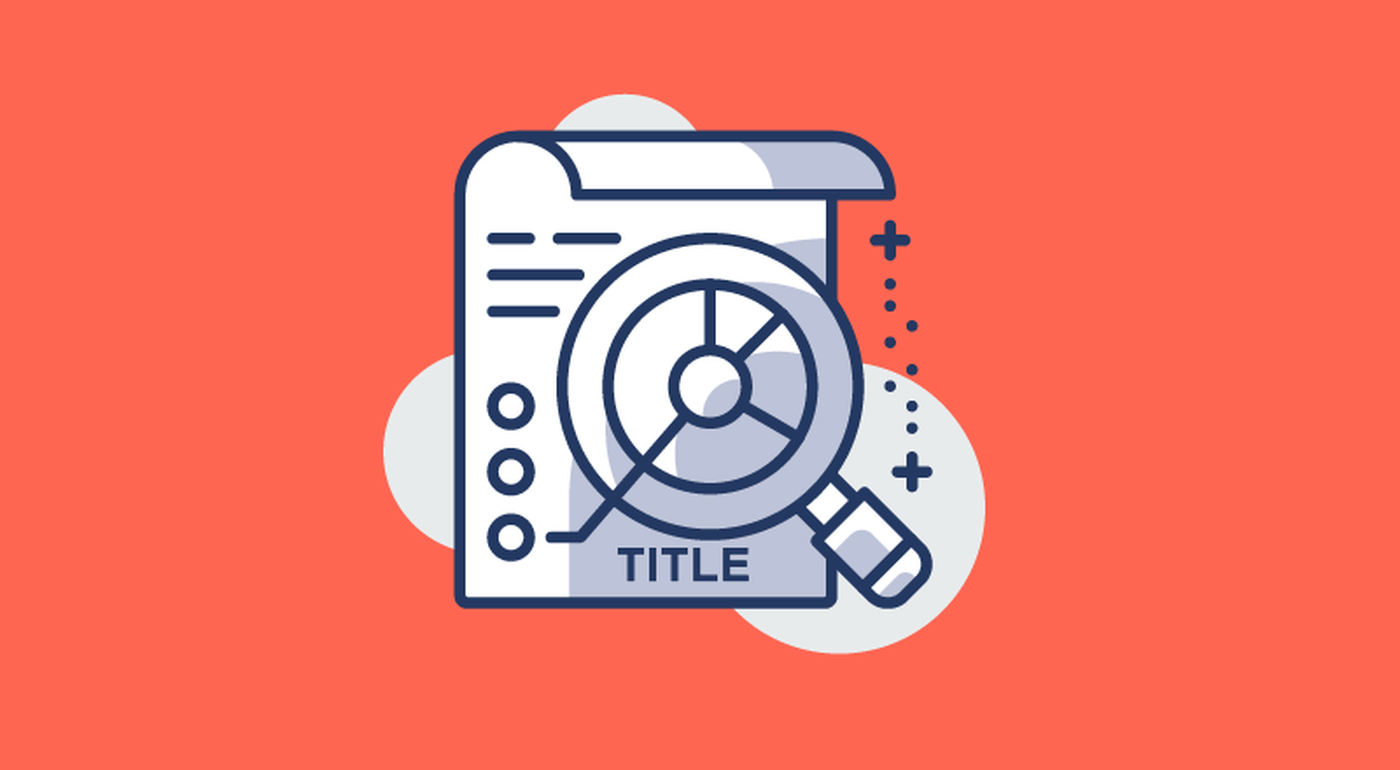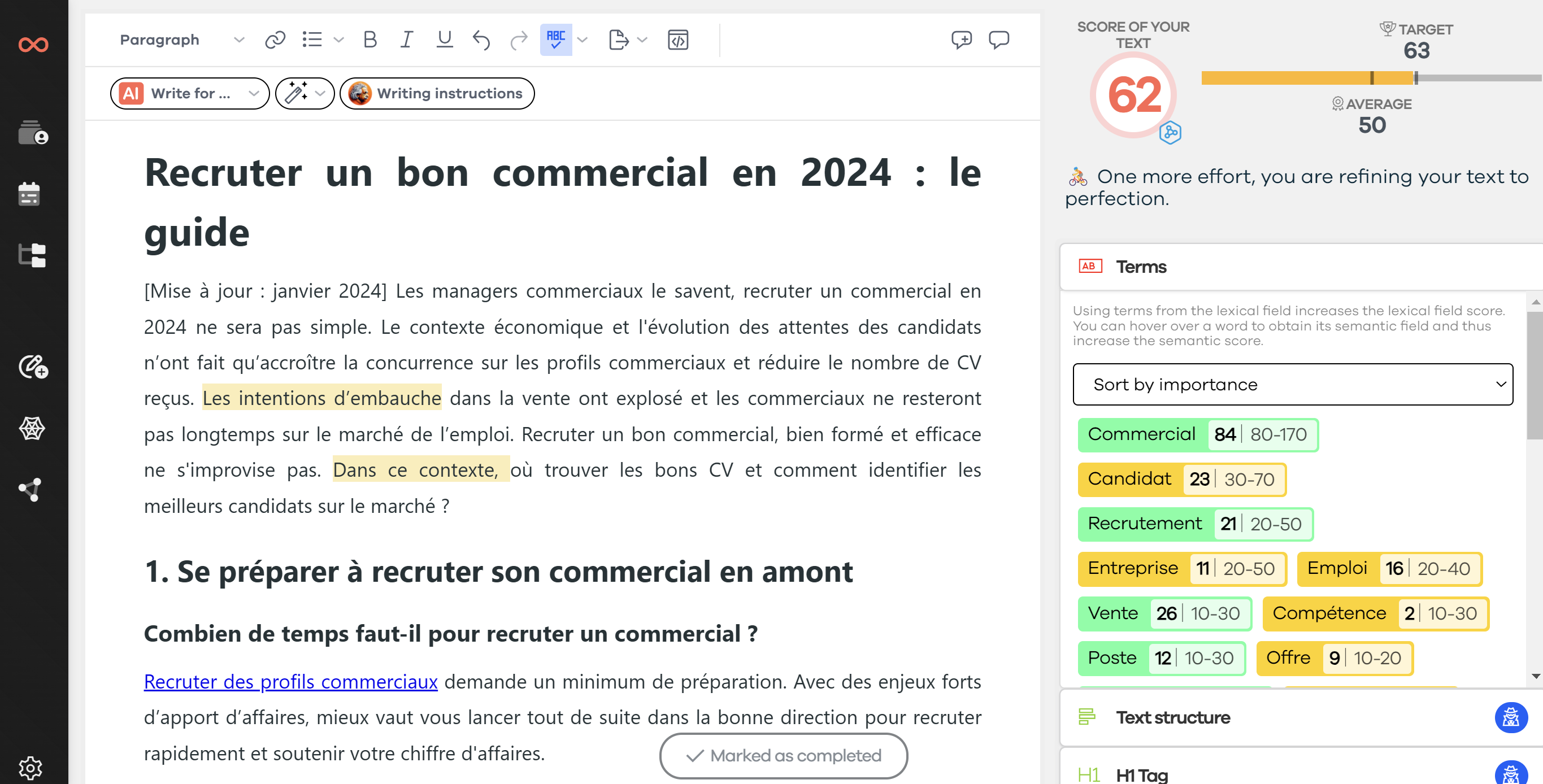Is your Shopify online store lacking visibility and not getting enough traffic? In this tutorial, I'll explain how to set up all the SEO optimization factors on this CMS. You'll then be able to sustainably improve your ranking on search engine results pages. Don't wait to refine your organic search optimization and watch your revenue soar!
Shopify themes optimized for organic search optimization
The theme you choose for your Shopify store has a significant influence on the aesthetics of your site and the available features. However, this choice is also crucial for optimizing the organic search optimization of your e-commerce. Among the free themes, SEO options are limited. That's why I recommend opting for a paid template tailored to the needs of organic search optimization.
By doing so, you ensure that the development is carried out by experts, that updates are regular, and that the configuration of the pages is optimized according to search engine criteria. Moreover, when deciding which theme to use on Shopify, pay particular attention to the following points:
- compatibility with different reading devices (mobiles, tablets, and computers);
- SEO features;
- the number of reviews and the average rating.
To speed up your search, here are two themes developed in France that I recommend.
Fastlane
Fastlane is designed to meet the needs of users by promoting the user experience (UX). In addition, it provides you with numerous SEO settings and additional modules only available on their theme. Another significant point, support is provided in French, which is far from being a standard on Shopify.
Speedfly
Speedfly offers an ultra-fast and high-performance theme. It is perfectly adapted to mobile versions and prioritizes the user experience. In addition to organic search optimization, it focuses on conversion. Updates are regular, and the customer service speaks French.
SEO features on Shopify
Organic search optimization options on Shopify are limited. Without the addition of complementary modules (called apps), there's not much you can do. However, here are some settings you must absolutely make on your online store.
Meta-data
The data displayed on search engine results pages is crucial for your SEO and improving the click-through rate (CTR). Don't neglect your title tags and meta-descriptions! Fortunately, Shopify allows you to adjust these elements on your various pages.
Homepage
In your admin panel, go to "Online Store" and choose the "Preferences" tab.
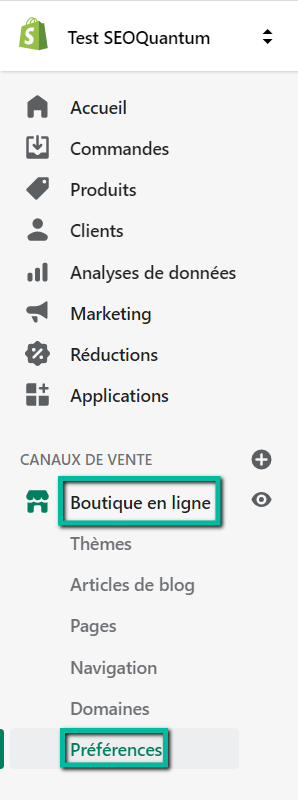
You can then simply fill in the desired information to promote your homepage in the SERP (search engine results page).

Product pages
In the basic settings, the meta-title is the product name, and the meta-description corresponds to its features. To customize the meta-data for each product page, go to the "Products" section of your back office.
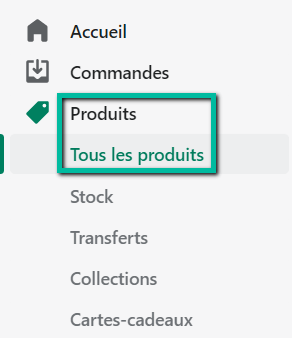
Choose the item you want to optimize and scroll down to click on "Edit website SEO" in the "Search engine listing preview" block.

Other pages
To change the meta-data for all other pages (blog, categories, about, etc.), go back to "Online Store" and click on "Pages".
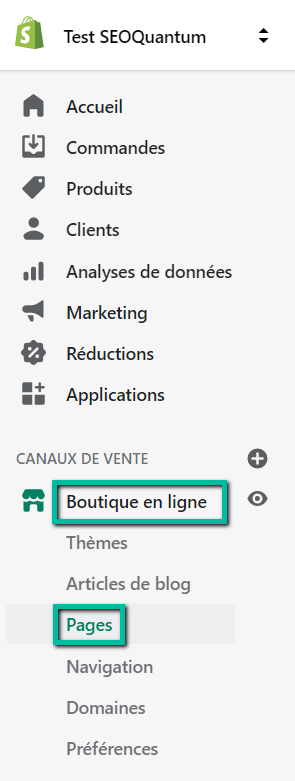
Again, choose the page you want to change, and select "Edit website SEO" in the "Search engine listing preview."
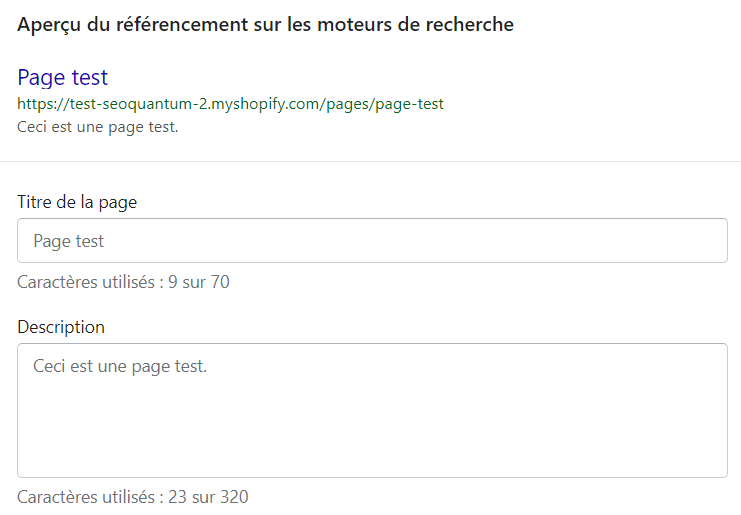
Image alt attribute
By filling in the alt attribute of your images, you describe their content to search engine robots. Additionally, it allows visually impaired people to know what a photo represents. Therefore, it's essential to carefully write this data.
Images on different pages
In the "Themes" tab of the online store, click on "Customize."

At the top, first choose the page you want to optimize. In the dashboard, then select the image to process and click on "Edit."

All that's left is to fill in the alternative text and save the information.
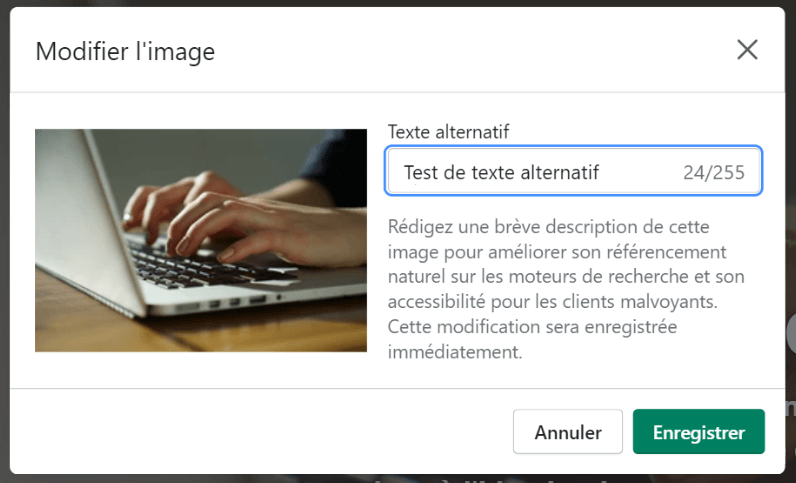
Product page images
The process for filling in the alt attribute of a product photo is straightforward. Start by selecting the item of your choice in the "Products" section of the admin panel. Then click on the image and fill in the data in "Add alternative text."

Titles
As in the vast majority of content management systems (CMS), creating an H1 title is intuitive. Simply fill in the "Title" section at the top of your page.
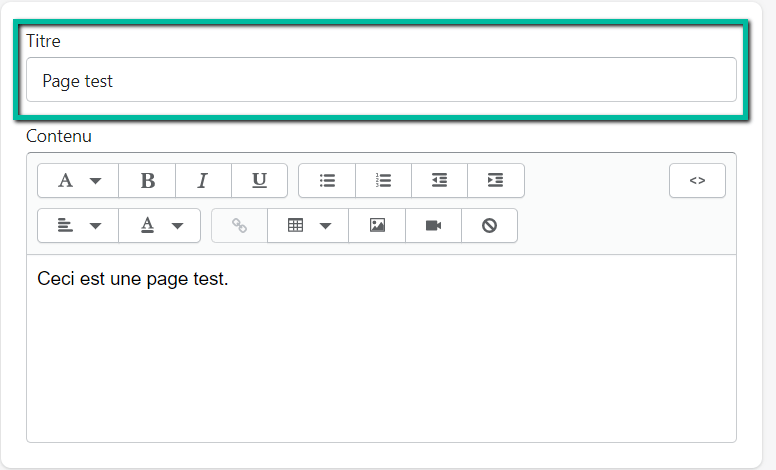
I remind you that an optimized title is an essential element for the organic search optimization of your website. Include the keyword you're working on for this page and make your reader want to learn more. In the body of the text, you can then integrate subtitles (H2, H3, etc.) while respecting their hierarchy.
URLs
The automatic creation of URLs on Shopify is a penalizing factor for the SEO of your e-commerce. Indeed, taxonomies are automatically written in English, and you cannot change them.
However, you can change the end of the reticular address of your various pages. For example, for an item on sale, go to "Search engine listing preview" (as previously described). You will then be able to add the most relevant keywords to describe your product.
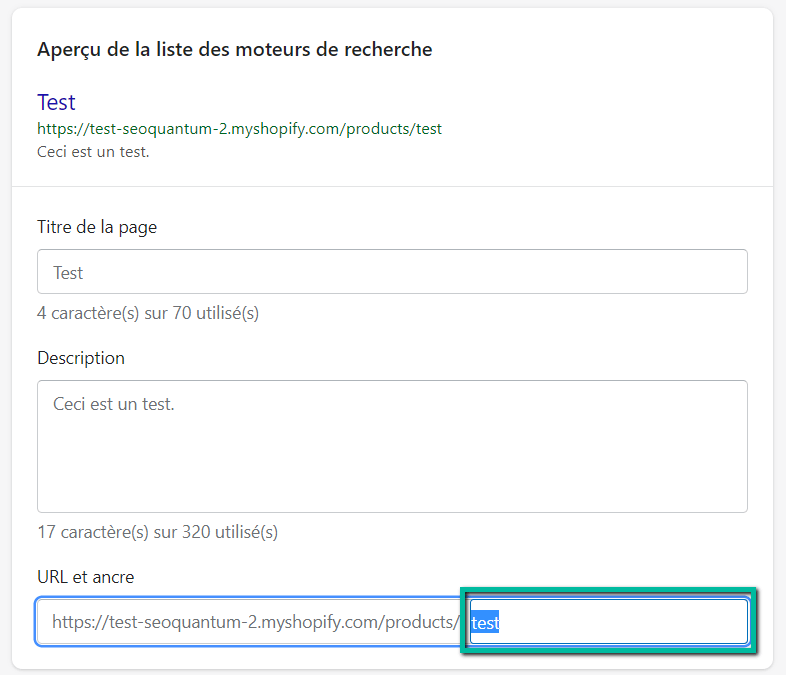
Remember that once your page is online, the URL should not be changed!
Popular products
To highlight your most popular products, Shopify has implemented a feature called "Collection." However, the automatic use of canonical tags poses a significant optimization problem. Indeed, used in this way, the information transmitted to indexing robots penalizes your organic search optimization by making you lose crawl budget.
Fortunately, if you have opted for an SEO friendly theme such as Fastlane, you can remove this information. This is another reason to carefully choose the theme of your online store!
Google Analytics
For an online store, it is, of course, essential to know your statistics and set goals. Even though you can directly access "Data Analysis" on your dashboard, it does not provide enough information. That's why you need to connect your website to Google Analytics and set up the Search Console.
Shopify is aware of this and allows for easy integration of this tool. In your admin panel, go back to the "Preferences" of your "Online Store." In the middle of the page, you'll find the "Google Analytics" block where you can add the Google code. You also have the option to click on "how to set this up?" to learn how to make the required configurations.

Shopify apps for optimizing SEO
Complementary modules (plug-ins) on Shopify are called "Apps." This allows you to add essential features to your website, especially in terms of SEO.
Plug in SEO
The most widespread extension on Shopify for improving your organic search optimization is Plug in SEO. Note that the free version is very limited. For complete optimization, I recommend choosing the paid version, "Plug in SEO plus." You can add structured data and benefit from an automated SEO improvement service.

SEO Optimizer
SEO Optimizer is a comprehensive tool for optimizing the SEO of your Shopify store. However, the free version only allows you to work on image optimization. The "Pro" version, on the other hand, allows for full website optimization and broken link repair.
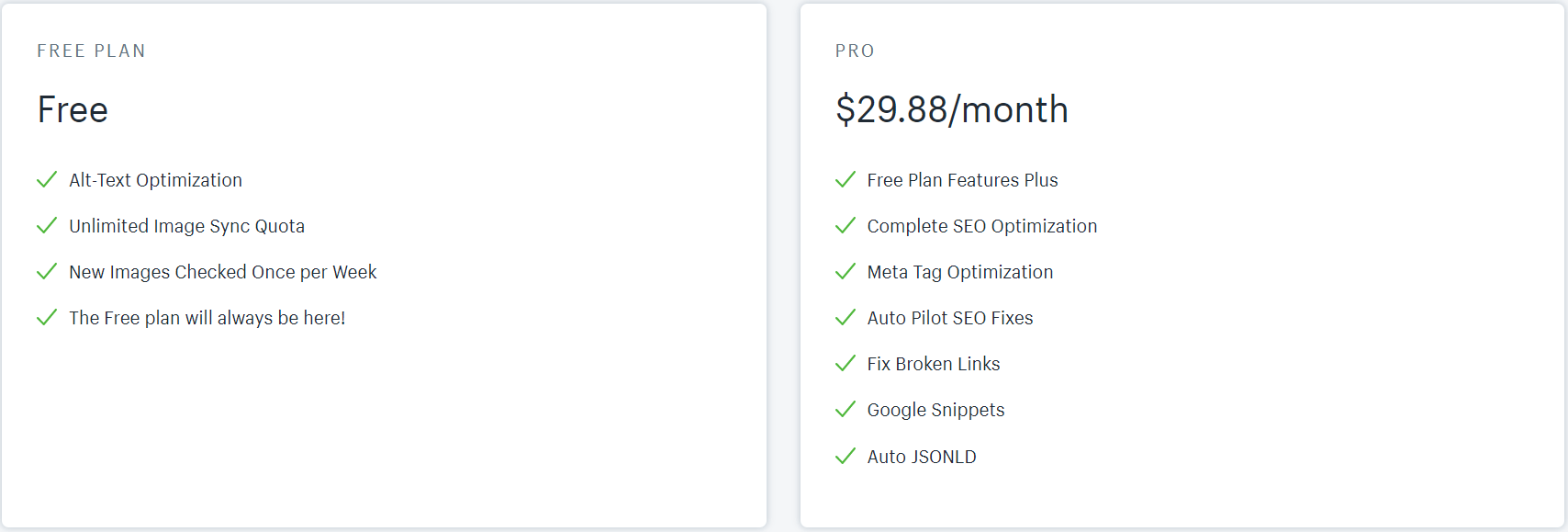
Image Optimizer
In addition to the alt attribute, the size, format, and weight of images are crucial factors for the search optimization of your online store. This is what the Image Optimizer add-on allows you to do simply and effectively. Depending on your needs, you have several monthly plans available.
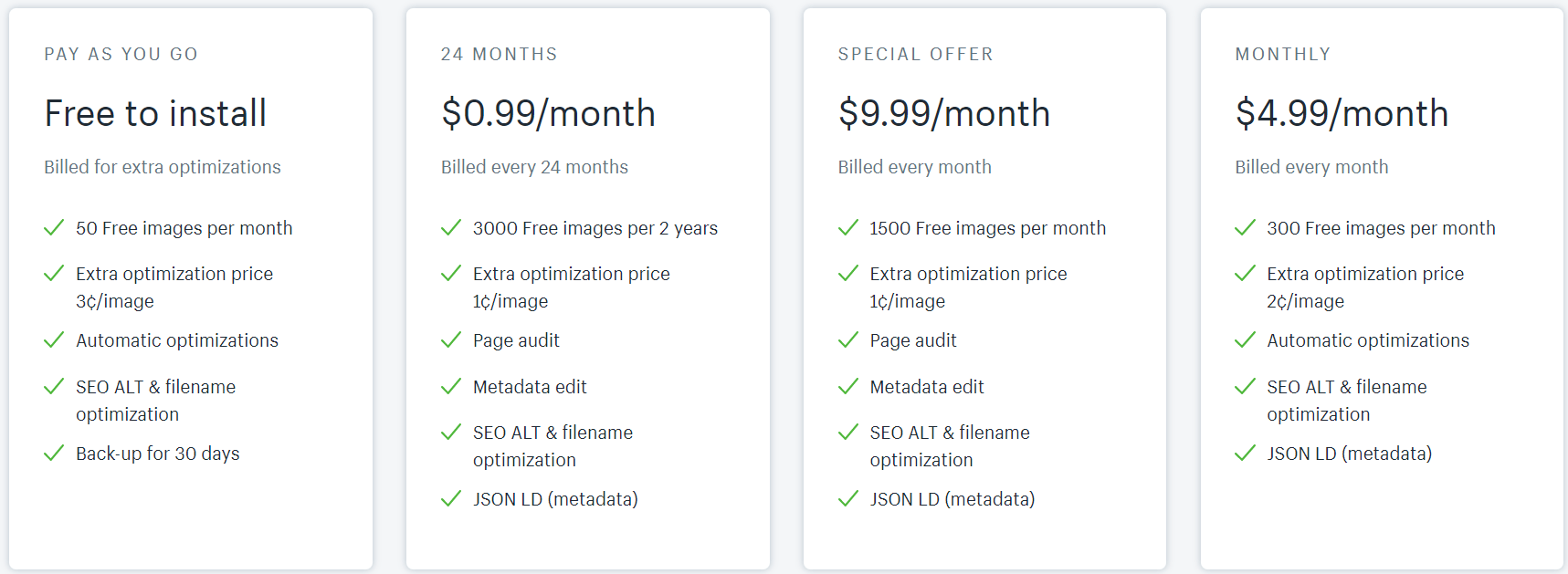
Going further in SEO optimization on Shopify
Now that you know how to set up the technical aspects of your e-commerce on Shopify, you must, of course, take care of the other two pillars of organic search optimization.
Editorial content
By using a tool such as SEOQuantum, you determine the keyword clustering that helps you define the structure and internal linking of your website. You also get the semantic field to meet the requirements of search engines and the expectations of users. By doing so, you put all the chances on your side to provide quality content and get a good volume of organic traffic.
Popularity
Your link building strategy is essential to prove to Google that your site deserves its trust. By being accompanied by a professional SEO specialist, you will get quality links pointing to your most important pages. It's a long-term job that requires a lot of caution. Above all, don't do it in a way that risks a penalty, as was recently the case for Selectos.
Learn more about Shopify
Shopify is a Canadian company founded in 2006. Today, more than a million e-merchants sell their products using this CMS, making it one of the leaders among e-commerce platforms available on the market. Listed on the stock exchange for over $50 billion, it is undoubtedly a renowned company.
It has also developed its own "App store." Through this, it offers extension creation to developers and provides full customization of online stores. Shopify has also become the preferred content system for dropshipping specialists. This fact was mainly proven after their acquisition of Oberlo, one of the main players in the sector.
But Shopify didn't stop there and has big ambitions. The creation of Shopify Hardware is just the beginning of a colossal expansion. The development of their warehouses is also growing rapidly, as evidenced by the acquisition of robotics company 6 River Systems. One thing is certain, we haven't heard the last of them!
As always, don't neglect any settings and follow Google's guidelines to avoid any risk of penalty. Only precise and continuous work will allow your online store to appear sustainably on the first page of search engines.
If you're hesitating in choosing your e-commerce platform, feel free to compare Shopify with PrestaShop, Magento, and the WooCommerce extension for WordPress. Also, consider leaving a comment under this article to share your opinion on the different content management systems.
Need to go further?
If you need to delve deeper into the topic, the editorial team recommends the following 5 contents:
